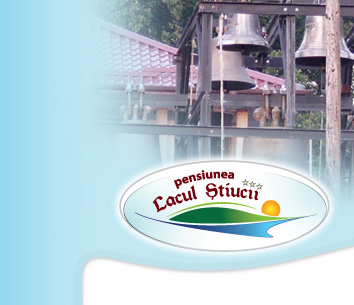Sanziene
21-24.06.2013
This holiday is tightly knit to the cult of crops, of vegetation and fertility. It is endowed with something magical, reuniting Christian and pagan elements with witchcraft. Some specialists are of the opinion that it has its roots in the Geto-Dacian cult of the Sun, using the drawings left behind by the Tracian people, which represented young girls dancing rounds.
Transylvanians use the name Sânziana, which is of Roman origin (Sancta Diana), Southerners use the Slavic alternative Dragaica to name this inland holiday celebrated on the 24th of June, the Nativity of St. John the Baptist. Sânziene are some beautiful girls who live in the forests, hidden from people’s view. The dance “hora” and lend special powers to flowers, weeds, which transform into healing herbs if they are picked at the proper moment. This night fairies fly or walk around turning barren lands into yielding ones, multiplying animals and birds, protecting the crops. But they can also harm if people don’t celebrate them properly: they could cripple women’s bad mouth or punish men who committed perjury or did other bad things.
Sânziene rituals
The folk practices of Sânziene imply that the most beautiful maidens in the village dress in white and spend all day searching for and picking Galium verum. They are instructed to remain alone and unseen, especially by any males. Using the flowers they picked during the day, the girls create wreaths as floral crowns which they wear upon returning to the village at nightfall. They are then supposed to have turned into sânziene fairies, and dance in circle around a bonfire, into which all remains of the previous harvest are thrown. People are prevented from speaking to the girls during this ceremony, as it is presumed that the sânziene spirits possessing them might otherwise be angered or distracted.
In some regions, the girls may keep the wreaths until the following year's Sânziene. This, they believe, ensures fertility for their family's land. In addition, if they place the wreath under their pillow the night right after Sânziene, it is possible that they would have a premonition of the man they are to marry (ursitul, "the fated one"). Another folk belief is that during the Sânziene night, the heavens open up, making it an adequate time for making wishes and for praying, as God is more likely to listen.
In some areas of the Carpathians, the villagers then light a big wheel of hay from the ceremonial bonfire and push it down a hill. This has been interpreted as a symbol for the setting sun (from the solstice to come and until the midwinter solstice, the days will be getting shorter).
